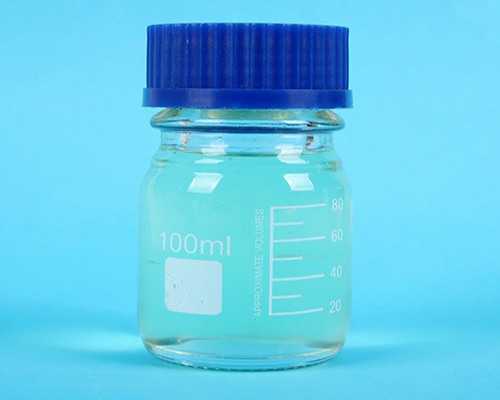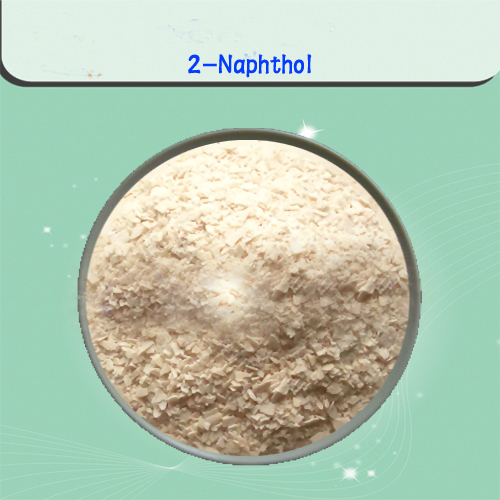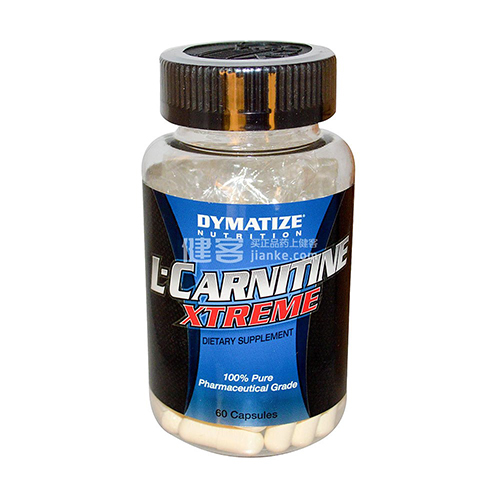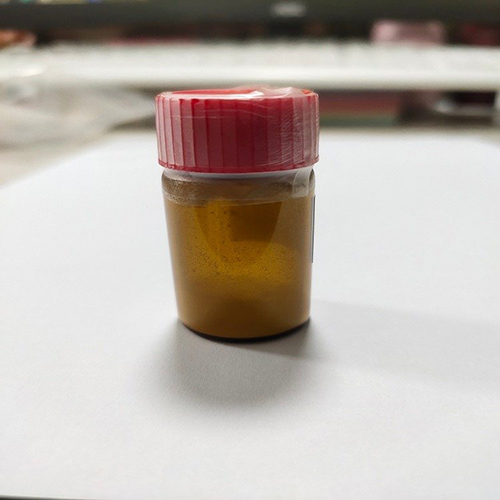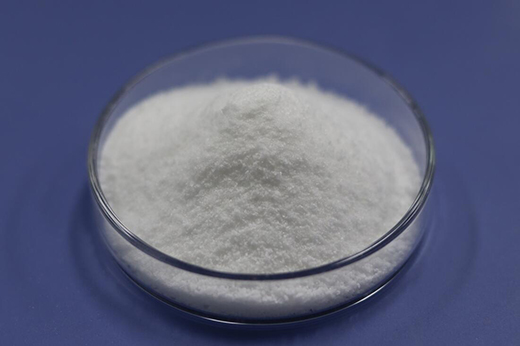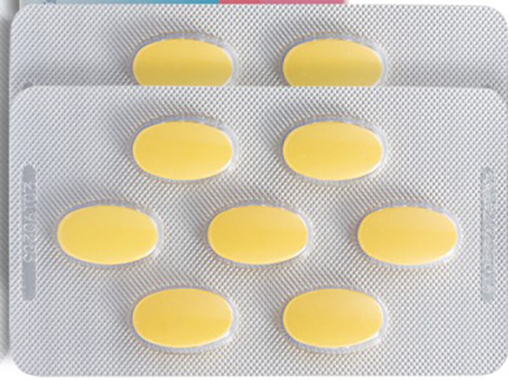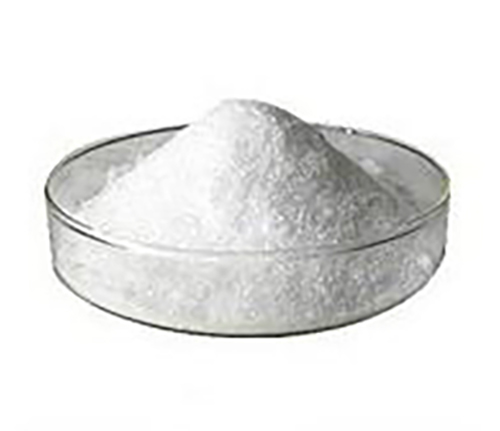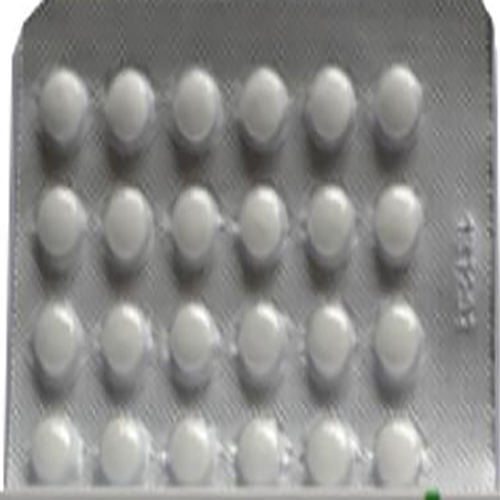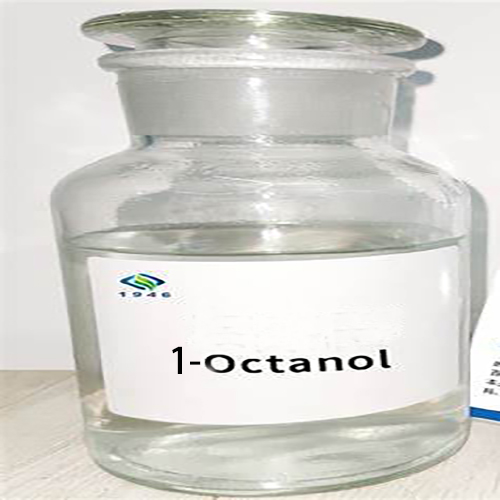Active Pharmaceutical Ingredients (API), popularly speaking, are the raw materials of medicines, only pharmaceutical raw materials are processed into pharmaceutical preparations , can they become medicines available for clinical use, so drugs we usually eat are the finished drugs through processing. Active Pharmaceutical Ingredients based on its sources can be divided into two major categories ,including chemical synthetic drugs and natural chemical drugs. Chemical synthetic drugs can be divided into organic synthetic drugs and inorganic synthetic drugs. Inorganic synthetic drugs are inorganic compounds ( very few is element), such as aluminum hydroxide, magnesium trisilicate which are used for the treatment of gastric and duodenal ulcers ; organic synthetic drugs are mainly composed of drugs made by basic organic chemical raw materials, through a series of organic chemical reactions (such as aspirin, chloramphenicol, caffeine, etc.). Natural chemical drugs ,based on its sources,can be divided into two categories including biochemical drugs and plant chemical drugs. Antibiotics are generally made by the microbial fermentation, which belongs to the biochemistry category. A variety of semi-synthetic antibiotics occurs in recent years,which are biosynthesis and chemical synthesis combining products.Among active Pharmaceutical Ingredients, the organic synthetic drugs varieties, yields and values have the largest proportion,which are the main pillars of the chemical and pharmaceutical industries. The quality of active Pharmaceutical Ingredients decides whether the formulation is good or bad , so its quality standards are very strict ,countries in the world have developed national pharmacopoeia standards and strict quality control methods for its widely used active Pharmaceutical ingredients.
Production and properties of 2-Butanol
2-Butanol (C4H10O) is one of the four isomers of butanol .
Apr 13,2022 APIDifferent applications of 2-naphthol
2-Naphthol (C10H8O) is a white to red flaky crystal that darkens upon long-term storage in air.
Apr 13,2022 APIDifferent properties of L-carnitine
L-carnitine, also known as L-carnitine and vitamin BT, the chemical formula is c7h15no3, the chemical name is (R) - 3-carboxyl-2-hydroxy-n
Apr 13,2022 APIThe physicochemical properties of carbazole
Carbazole, also known as 9-nitrogen (hetero) fluorene (dibenzopyrrole), has a molecular formula of C12H9N and a molecular weight of 167.20.
Apr 13,2022 APIThe preparation of 6-aminocaproic
6-Aminocaproic acid is an organic substance with the molecular formula of C6H13O2N, NH2(CH2)5COOH and a white crystalline powder.
Apr 13,2022 APIThe pharmacopoeia standards of metronidazole
Metronidazole, is an antibiotic and antiprotozoal agent. It is mainly used to treat or prevent systemic or local infections caused by anaerobic bacteria
Apr 13,2022 APIHow to use anisole correctly
Anisole is an organic compound with the chemical formula C7H8O with a pleasant anise-like aroma, used in organic synthesis and also as a solvent
Apr 13,2022 APIImportant applications of mannitol
Mannitol, with the chemical formula C6H14O6, is a sugar alcohol and an isomer of sorbitol. Soluble in water, it is a white crystalline powder with a sweet taste similar to sucrose.
Apr 13,2022 APIThe toxicology of theophylline
Theophylline can reduce the tension of smooth muscle and dilate respiratory tract; It can promote the release of endogenous epinephrine and norepinephrine and relax airway smooth muscle
Apr 13,2022 APIHow to use 1-octanol correctly
1-octanol is an organic substance with the chemical formula of C8H18O. It is slightly soluble in water and soluble in alcohol, ether and chloroform.
Apr 13,2022 API



